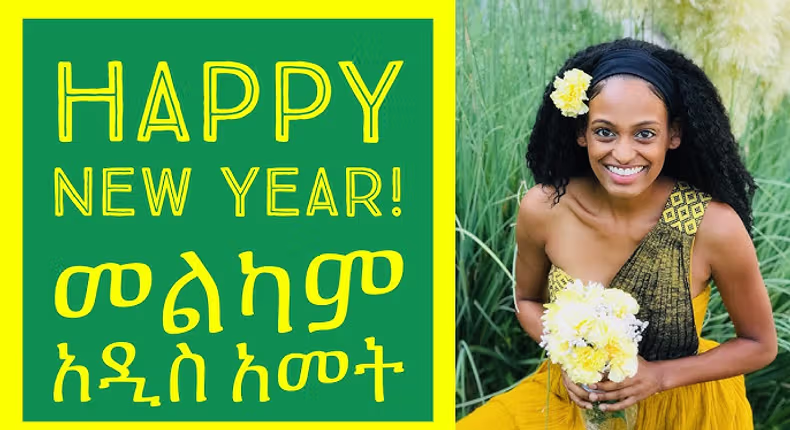1 mn read
Ethiopia’s Unique Calendar System:
- Ethiopian New Year: Ethiopia celebrates its New Year, known as Enkutatash, on Meskerem 1, which corresponds to September 11 or 12 on the Gregorian calendar. This marks the beginning of the Ethiopian year, which is currently 2017 in the Ethiopian calendar.
- Calendar Differences: The Ethiopian calendar is different from the Gregorian calendar due to its unique calculation of the birth year of Jesus Christ. While the Gregorian calendar places Christ’s birth between 1 B.C. and 1 A.D., the Ethiopian Orthodox calendar sets it about seven to eight years later. This discrepancy is why Ethiopia is in the year 2017, even though the rest of the world is in 2024.
- Structure of the Ethiopian Calendar: The Ethiopian calendar is a solar calendar with 13 months. There are 12 months with 30 days each and an additional 13th month called Pagumē, which has 5 or 6 days depending on whether it’s a leap year. The year totals 365 days, similar to the Gregorian calendar but divided differently.
- New Year Celebration: Enkutatash, or Ethiopian New Year, aligns with the end of the rainy season and the start of a new cycle of growth and flowering. It’s a time of festivity and renewal for Ethiopians.
Additional Calendar Details:
- Day Structure: In Ethiopia, the day starts at 6:00 AM rather than midnight (12:00 AM). The day is divided into two 12-hour periods, with the first period starting at 6:00 AM and ending at 6:00 PM.
- Months and Festivals: Ethiopian calendar months have unique names, starting with Meskerem (September/October) and ending with Nehasse (August). Ethiopian Christmas, called Genna, is celebrated on January 7.
This unique calendar system reflects Ethiopia’s rich cultural and religious heritage, distinguishing it from the rest of the world and adding a distinctive element to its celebrations and timekeeping.

